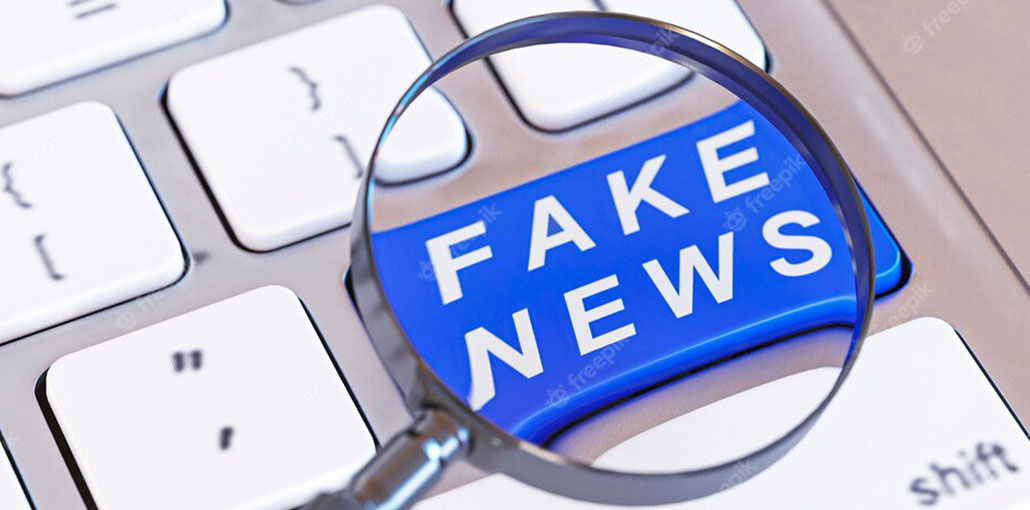In today’s world, we are exposed to a plethora of information daily, and not all of it is true. Fake news has become an epidemic in our society. The proliferation of social media and online platforms has made it easy for misinformation to spread like wildfire. The consequences of fake news can be severe, ranging from tarnishing reputations to instigating riots, and even inciting violence.
The good news is that we can combat fake news with the help of AI. The power of AI lies in its ability to sift through vast amounts of data quickly and accurately. This has enabled AI to become a valuable tool in fact-checking and detecting fake news. In this blog post, we will discuss the role of AI in detecting fake news, its benefits, as well as some of the challenges it faces.
What is Fake News?
Fake news refers to deliberately disseminated false information that is presented as if it were real news. The aim is often to manipulate people’s opinions or emotions for political or economic gain. Fake news can be spread through social media, online platforms, or traditional media. In recent years, the rise of social media has led to an exponential increase in the spread of fake news.
Before delving into how AI can detect fake news, it’s helpful to understand what constitutes fake news. Essentially, fake news is false information that people present as if it were factual. It often originates from individuals or groups with a specific agenda or objective.
In some cases, it may be an innocent mistake, but in other instances, it’s an intentional attempt to deceive. Therefore, detecting fake news requires a combination of human intervention and technological support. AI, in this case, provides the technological support needed to detect fake news at scale, while human intervention ensures appropriate action is taken.
Also read: Top 10 Stock News Apps
How Does Fake News Impact Society?
Fake news can have a significant impact on society. It can affect people’s beliefs, attitudes, and behaviors. Fake news has been used as a tool to divide people by race, religion, and politics. It has been known to incite violence, damage reputations, and even influence electoral outcomes.
The Role of AI in Combating Fake News
Artificial intelligence has become a valuable tool in the fight against fake news. AI can analyze vast amounts of data, identify patterns, and detect inconsistencies quickly and accurately. It can help in verifying information, fact-checking claims, and detecting fake news before it spreads.
Benefits of AI Content Detection
AI content detection uses natural language processing (NLP) techniques to analyze and interpret the meanings of words and phrases ultimately. AI algorithms work by analyzing the language and context of a piece of content to determine its veracity. It compares the content to known sources of accurate information to identify inconsistencies in the information presented.
Furthermore, AI can also analyze background information, for example, the author’s credibility or the website’s history, to validate the information’s accuracy. AI content detection technology can identify and flag content as potentially fraudulent, thereby reducing the chances of people sharing false information.
The benefits of AI content detection are many. AI can help in monitoring news sources, identifying fake news, and alerting fact-checkers and journalists. AI technology can also help social media platforms identify and remove fake news from their sites. Additionally, it can be used to improve search engines by displaying accurate information at the top of search results.
Challenges in AI Content Detection
Despite the benefits of AI content detection, some challenges remain. One of the most significant challenges is the development of algorithms that can detect fake news accurately. Another challenge is the need for human interaction. While AI can detect fake news, it still requires human intervention to evaluate and analyze the results.
How AI Content Detection Works
AI content detection works by analyzing various factors in a piece of information. These factors could include the language used, the credibility of the source, and the accuracy of the claims made. AI can also analyze the context in which the information was presented, which can shed light on its credibility.
Examples of AI Content Detection
Organizations such as Facebook and Google are already using AI content detection to combat fake news. Facebook has implemented an AI system that detects fake news stories and sends them to third-party fact-checkers for review. Google uses AI to analyze search results and prioritize accurate information over fake news.
Also read: How AI Can Help to Prevent Coupon Fraud
Combining Human Intelligence with AI
While AI can detect fake news, it cannot replace human analysis entirely. Human intelligence is still required to evaluate and analyze the results generated by AI technology. Combining human intelligence with AI can help create a more reliable and accurate system for detecting fake news.
The Future of AI in Detecting Fake News
The future of AI in detecting fake news is bright. As AI technology continues to evolve, we can expect to see more accurate and efficient systems for detecting fake news. There are also opportunities for AI to be used to educate the public about fake news and improve media literacy.
Conclusion
AI has become an essential tool in the fight against fake news. Its ability to analyze vast amounts of data quickly and accurately is invaluable in detecting fake news before it spreads. While some challenges remain, combining human intelligence with AI can create a more reliable and accurate system for detecting fake news. With continued innovation, we can expect to see AI technology playing an even more significant role in detecting and combating fake news in the future.










Leave a comment